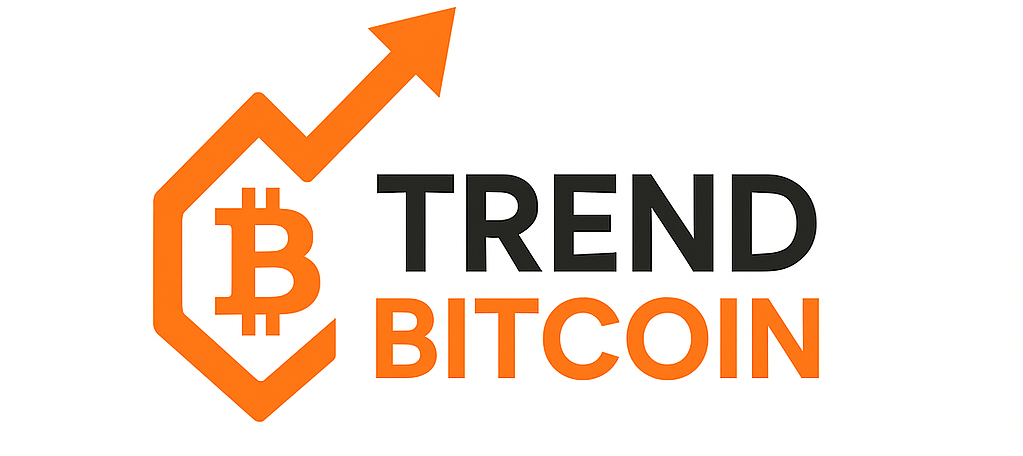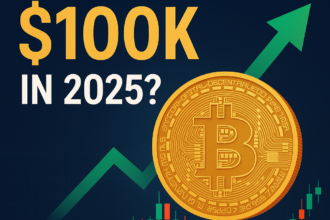Introduction
In the ever-evolving landscape of finance and technology, Central Bank Digital Currencies (CBDCs) have emerged as a significant development. CBDCs represent a digital evolution of traditional money issued and regulated by central banks. While cryptocurrencies like Bitcoin have challenged conventional financial systems, CBDCs are designed to bridge the gap between the old and the new, offering a government-backed digital currency. In this article, we will delve into the concept of CBDCs, their potential impact on the financial world, and their evolution in 2023.
The Genesis of CBDCs
CBDCs are not a recent phenomenon. The idea of central banks issuing digital currencies has been on the radar for some years. However, the urgency and interest in CBDCs gained momentum in response to various factors, including the rise of cryptocurrencies, the need for efficient cross-border payments, and a desire for greater financial inclusion.
1. Enhanced Financial Inclusion: CBDCs aim to extend financial services to unbanked and underbanked populations by providing a digital alternative to traditional banking.
2.Counteracting Cryptocurrencies: CBDCs also offer a government-backed response to the proliferation of private cryptocurrencies, potentially stabilizing the market.
The Evolving Landscape
As we step into 2023, several countries have made significant progress in CBDC development and implementation:
1. Pilot Programs: Many central banks have initiated pilot programs to test the functionality and feasibility of CBDCs. These programs help identify technical, regulatory, and practical challenges.
2. Interoperability: The ability of CBDCs to work across borders is a crucial factor. In 2023, we can expect discussions and collaborations on making CBDCs interoperable to facilitate international trade and remittances.
3. Privacy Concerns: Balancing the need for privacy and security with regulatory requirements is an ongoing challenge. Research into privacy-preserving CBDCs is actively pursued.
4. Smart Contracts: Some central banks are exploring the integration of smart contracts into CBDCs, enabling programmable money for various use cases.
Impacts on the Financial Ecosystem
The advent of CBDCs will likely have far-reaching implications:
1. Enhanced Monetary Policy: Central banks can have more precise control over the money supply, enabling tailored monetary policies.
2. Reduced Transaction Costs: CBDCs can streamline transactions, reducing costs for individuals and businesses, particularly in cross-border dealings.
3. Financial Stability: CBDCs can mitigate risks associated with privately issued cryptocurrencies and provide a secure means of exchange.
4. Challenges to Traditional Banking: CBDCs might prompt traditional banks to adapt and innovate to stay relevant.
Conclusion
The evolution of traditional money into digital forms, represented by Central Bank Digital Currencies, is an exciting development in the world of finance. As we move through 2023, the continued exploration, development, and adoption of CBDCs will shape the future of money and finance. The key challenge lies in finding the right balance between innovation, privacy, security, and regulatory compliance. CBDCs are not just a digital currency; they are the future bridge between the old and the new financial world, ensuring that traditional money remains relevant and adaptive in the digital age.








